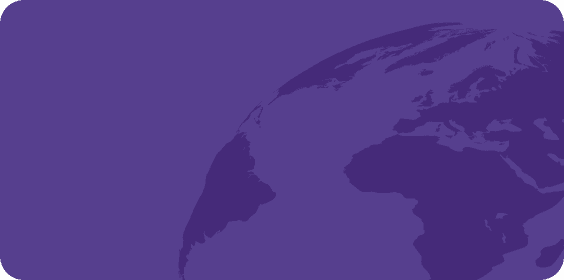International Hiring in 2026: Insights and Solutions for Cost Savings

Key takeaways
- Companies looking to shift costs may include international hiring in their 2026 plans.
- Small and medium-sized businesses (SMBs) are increasingly using EOR services to hire internationally without the risk.
- A centralized global payroll solution is essential for cost-effective, transparent, and data-driven international hiring.
Taking part in 2026 annual planning?
It’s that time of year again — when CFOs, CHROs, VPs, and others take a hard look at budgets and plan for the future of their workforce. If you’re engaged in 2026 workforce planning and you’re wondering how to deliver growth with limited headcount, expand into new countries without the risk, or simply maintain global compliance (and your sanity), we’re here to help.
Our experience working with 2,000+ organizations on workforce enablement solutions has shown that hiring beyond your country’s borders has become a viable — some would say vital — HR strategy for many leading corporations, SMBs, and nonprofits around the world. But it’s challenging for companies to maintain operational agility when they’re hiring from more countries. How do you stay compliant with hundreds of local regulations, adapt and scale quickly, and manage an international workforce, all while retaining top talent?
EOR services: Changing the game for SMBs’ workforce planning
It used to be that only large corporations had the ability to expand their workforce into new countries without it negatively affecting their balance sheets. But with employer of record (EOR) services, SMBs can take part in global workforce expansion in a way that’s cost effective, quick, and — most importantly — compliant.
This is because the EOR model allows you to hire without a legal entity in the country where you want to hire. Instead of employing workers yourself, your EOR partner is the legal employer of the workers, meaning they handle payroll and all legal compliance. Benefits SMBs have seen by including EOR in their workforce planning include:
- Potential cost savings. Using EOR services can cost hundreds of dollars less per employee than employing them yourself, thanks to the fact that the EOR already has entities set up and payroll processes in place.
- More predictable costs. EORs can give you set fee schedules that make budgeting easier. With flat-fee EOR pricing, you pay a set fee on a regular schedule (such as every month or every year), while with variable EOR pricing, you pay per employee.
- Speed. Because the EOR already has a legal entity in the country of hire, you can get employees started in a new country in as little as two weeks.
- Less risk. Since employees are legally hired and paid by the EOR, the EOR assumes responsibility and risk of full compliance with local laws and regulations.
- Global reach. An EOR like Safeguard Global helps companies hire in full compliance in nearly 190 countries.
Determining your international hiring strategy
With EOR services opening the door to easier international hiring, the next question is: “What countries should we hire in?” While some regions are inherently riskier, others are more popular for their highly skilled workforces, affordable wages, or geographic location. Working with a workforce enablement consultancy can help you determine your international hiring strategy based on your industry and workforce needs. At Safeguard Global, we even have a Spotlight Dashboard tool that pinpoints possible countries that might be optimal for expansion based on a customer’s industry, workforce needs, and other personalized data points. Some questions we consider are:
- How much does it cost to hire this role in this jurisdiction?
- Is this a common skill/role being hired for in this jurisdiction?
- How hard is it to hire and terminate in this jurisdiction?
Standardizing payroll: A must for global teams
With an international workforce, a standardized payroll system is essential. Centralized payroll does more than simply streamline paydays and keep employee data in a central, secure location. A good platform enables actionable financial analytics, giving you the insights needed to identify trends, control costs, and make informed decisions across multiple jurisdictions. When searching for a payroll provider, you should ensure it:
- Covers all worker types. The platform should gather employee, contractor, and recruitment data in one place.
- Has compliance built in. Tech is great, but payroll systems that have real HR experts behind them (like Safeguard Global) can ensure that you gather all the needed documents from new hires, collect the correct taxes, and are up to date on any recent regulatory changes.
- Isn’t too big. If you’re an SMB, make sure your global payroll platform isn’t more than you need — a system that’s too large and full of integrations may be overly cumbersome or even beyond your team’s capability to effectively use.
- Provides visibility. As a global organization, you need full visibility into your workforce spend. If you’re going through an M&A or other change, this visibility becomes even more vital so you can show transparency to new stakeholders.
Seeing the big picture
As 2026 workforce planning continues, we’ll share more insights on overcoming challenges and give you even more actionable solutions for achieving ambitious workforce goals in 2026. Interested in seeing our Spotlight Dashboard for yourself or getting personalized advice on international workforce expansion? Contact us today to schedule an appointment.






















